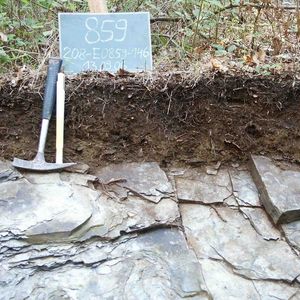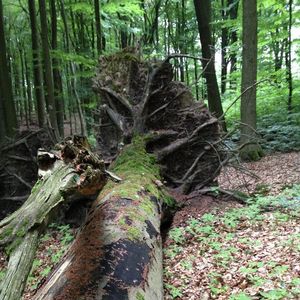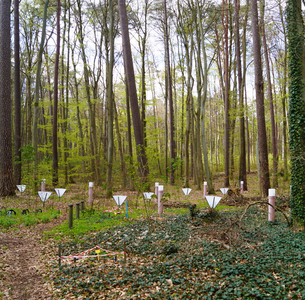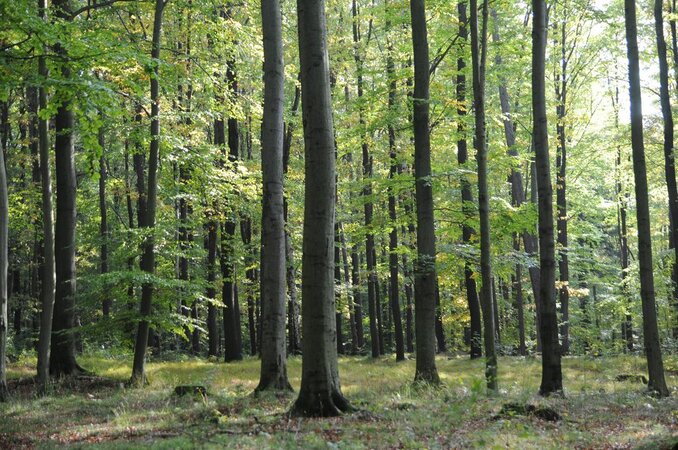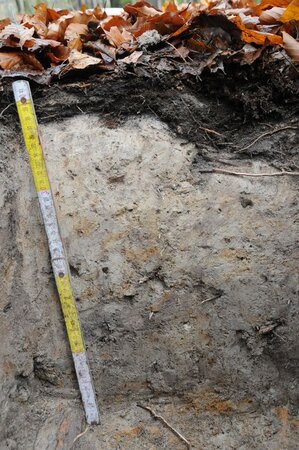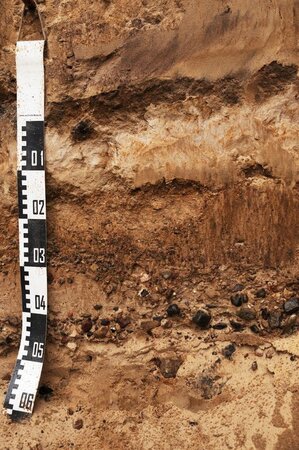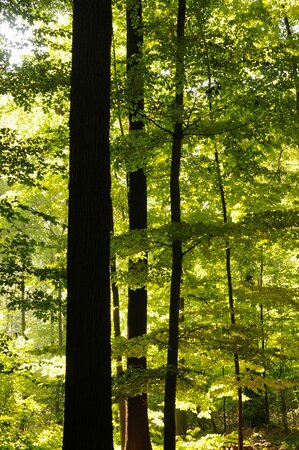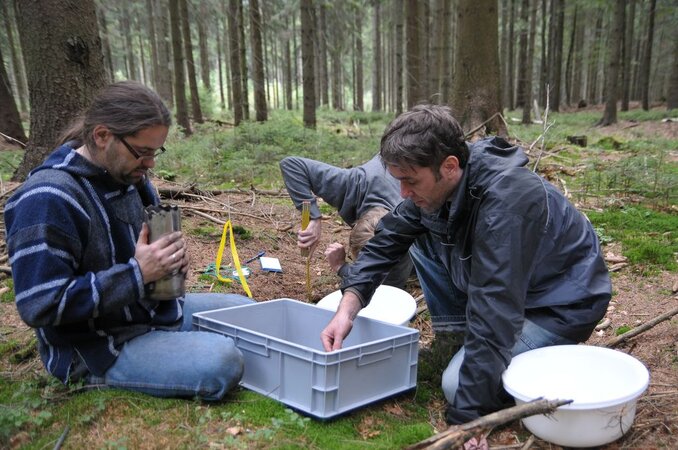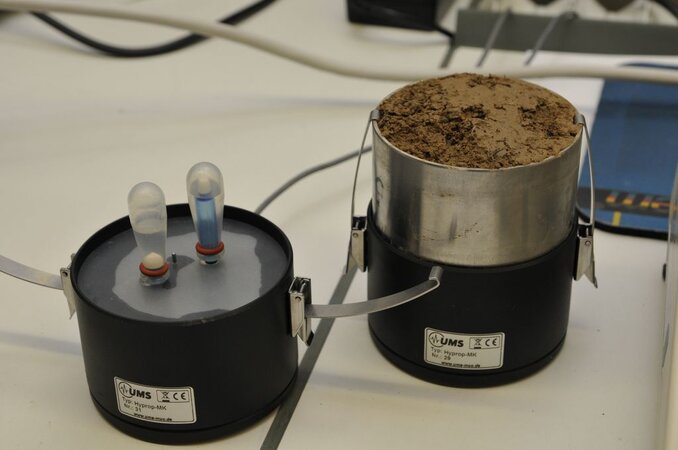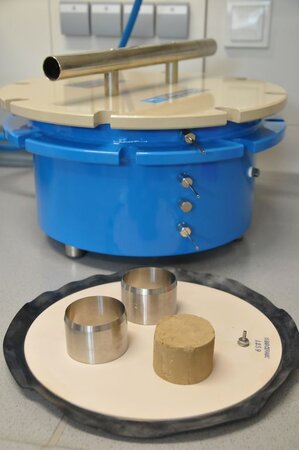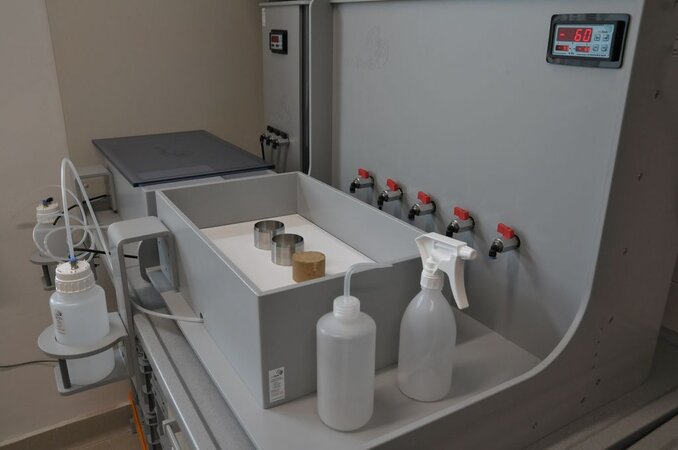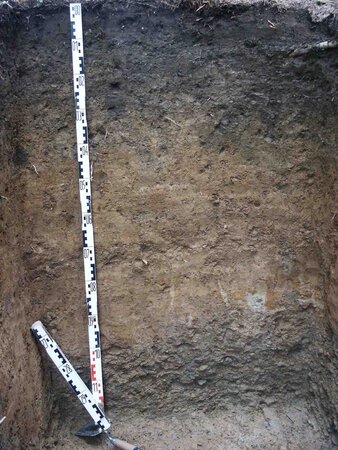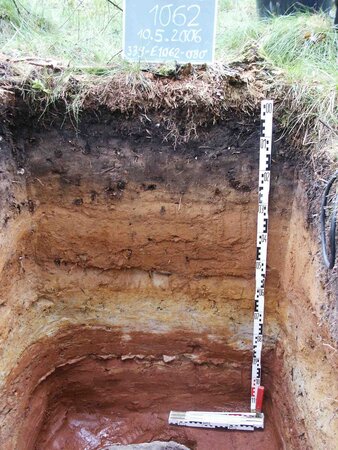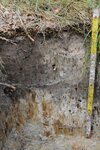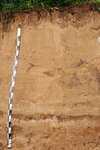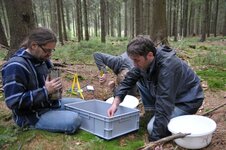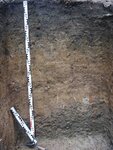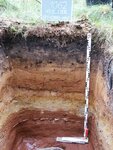The National Forest Soil Inventory (NFSI)
The National Forest Soil Inventory (NFSI) enables nationwide and science-based statements about the condition and changes in our forest soils. The third NFSI is a central component of environmental forest monitoring in Germany. Soil, stand and vegetation data will be collected on an 8 x 8 km grid at 1900 sampling points over the next 3 years.
In addition to the state of the soil, the NFSI also examines vegetation, tree stocks and the nutritional status of the forests using standardized methods. It takes place about every 15 years and is a joint project of the federal government and state authorities. The federal states collect the data, the Thünen Institute of Forest Ecosystems coordinates the NFSI and evaluates the nationwide data. The field assessment of the first and second inventory took place from 1987 to 1992 and 2006 to 2008, respectively. Recently, the third inventory has started.
After several years of laboratory analyzes and evaluations, the results will be published in 2028 in the federal report on the third NFSI.
A sub-sample of 400 plots is part of ICP Forests (16x16 km grid). At the same time, these are sample points of the forest condition survey (WZE). The NFSI uses cross-nationally harmonized methods for sampling and analysis, which are published in a working manual (see Publications and Downloads).
Objectives
The third NFSI will provide reliable, area-representative and nationally comparable contributions to the following questions:
- Sustainable forest management, e.g. the creation of a comprehensive map of nutrient availability and locations worth liming, derivation of the choice of tree species based on soil types, effects of forest conversion on soil biodiversity, assessment of quality and quantity of drinking and groundwater
- Changes in soil properties in the period between the first, second and third surveys
- Cause and effect between environmental influences and forest condition
- Carbon storage and water balance
- Impact of climate change and other environmental factors on soil condition
- Risk assessment and derivation of measures, e.g. derivation of critical limits for malnutrition, clean air measures with regard to nitrogen inputs, calculation of heavy metal values
- Decisive information about the nutrient situation and the pollution of the forest soil.
Time schedule
The inventory is conducted from 2022 to 2024 and covers around 1900 plots all over Germany. This is followed by several years of laboratory analyzes and evaluations. The results will be published in the federal report on the third NFSI in 2028.
About the first and second NFSI
In the course of the forest damage discussion, a nationwide soil condition survey was established in addition to crown condition monitoring at the end of the 1980s and early 1990s.
The outdoor recordings of the first NFSI took place from 1989 to 1992. The results are summarized in the first federal report (1996).
The second NFSI was collected from 2006 to 2008. It was now possible for the first time to obtain an area-representative overview of changes in the condition of the forest soil over a period of around 15 years. The range of investigations was significantly expanded and a field manual was agreed upon between the federal and state governments in advance. The report on the second NFSI was published in 2016.
Please find the results and manuals under Publications and Downloads.
Publications and Downloads
- Deutscher Waldbodenbericht Band 1 (Download)
- Deutscher Waldbodenbericht Band 2 (Download)
- Ergebnisse als Inspire-konforme Daten
The publications of the federal states on the first and second NFSI can be found on the website of the federal-state working group on environmental monitoring forest.
Further links
- Federal ministry of food and agriculture: National forest soil survey (in German language only)
- Federal states activities on National forest soil survey (in German language only)
Contact

- Phone
- +49 3334 3820 304
- nicole.wellbrock@thuenen.de
Head of Soil protection and forest health, Contact person National Forest Soil Survey and Crown Condition Survey

![[Translate to English:] [Translate to English:]](/media/_processed_/9/2/csm_Allgemein_Thueringen_Hainich_Mischwald_Bolte_2__19d9dab56a.jpg)
![[Translate to English:] [Translate to English:]](/media/_processed_/d/2/csm_100_0001_0013_c05c63e7db.jpg)





